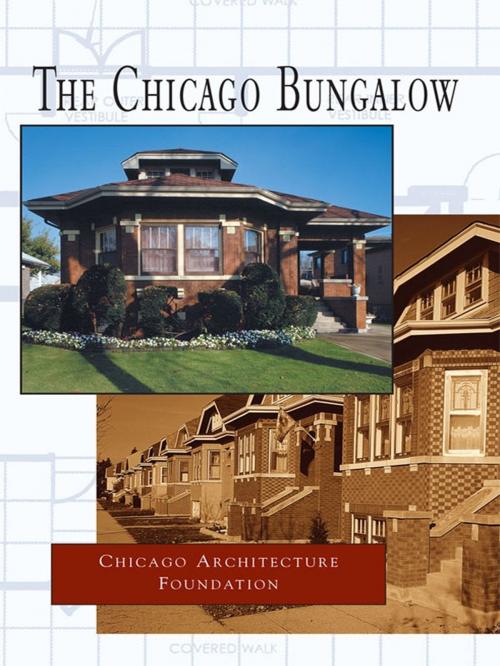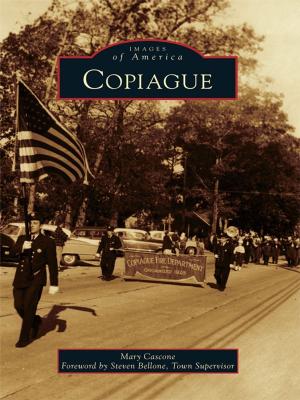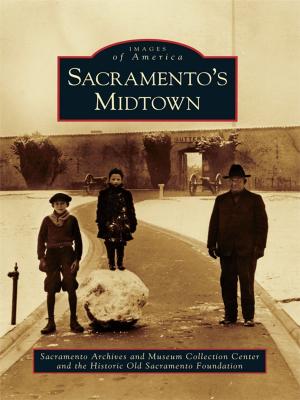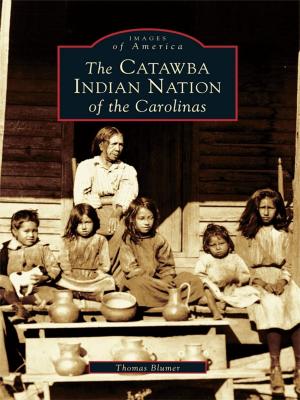The Chicago Bungalow
Nonfiction, Art & Architecture, Photography, Pictorials, Architectural & Industrial, Architecture, Architectural Photography, Public, Commercial, or Industrial Buildings| Author: | Chicago Architecture Foundation | ISBN: | 9781439613771 |
| Publisher: | Arcadia Publishing Inc. | Publication: | March 20, 2003 |
| Imprint: | Arcadia Publishing | Language: | English |
| Author: | Chicago Architecture Foundation |
| ISBN: | 9781439613771 |
| Publisher: | Arcadia Publishing Inc. |
| Publication: | March 20, 2003 |
| Imprint: | Arcadia Publishing |
| Language: | English |
After 1915, new neighborhoods appeared across the prairie. The Chicago-style bungalow came to both dominate and symbolize these areas. A one and one-half story single-family freestanding home, it included such conveniences as electricity, indoor plumbing, and central heat. Chicagoans built some 80,000 bungalows. Another 20,000 were built in suburban Cook County. Nearly every ethnic and racial group in the area has made its way at one time or another to the Bungalow Belt. Today the Bungalow Belt includes white ethnic, African American, Latino, and Asian families.
After 1915, new neighborhoods appeared across the prairie. The Chicago-style bungalow came to both dominate and symbolize these areas. A one and one-half story single-family freestanding home, it included such conveniences as electricity, indoor plumbing, and central heat. Chicagoans built some 80,000 bungalows. Another 20,000 were built in suburban Cook County. Nearly every ethnic and racial group in the area has made its way at one time or another to the Bungalow Belt. Today the Bungalow Belt includes white ethnic, African American, Latino, and Asian families.















